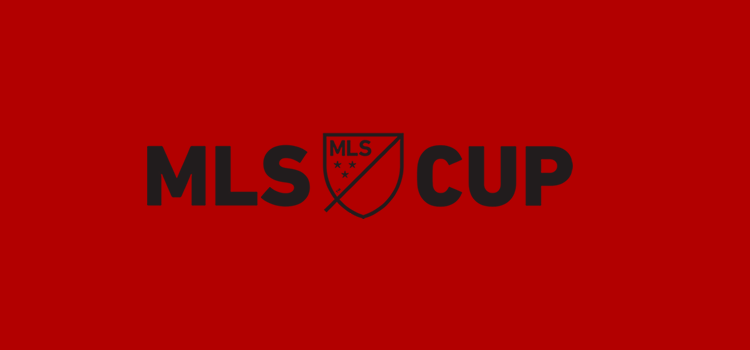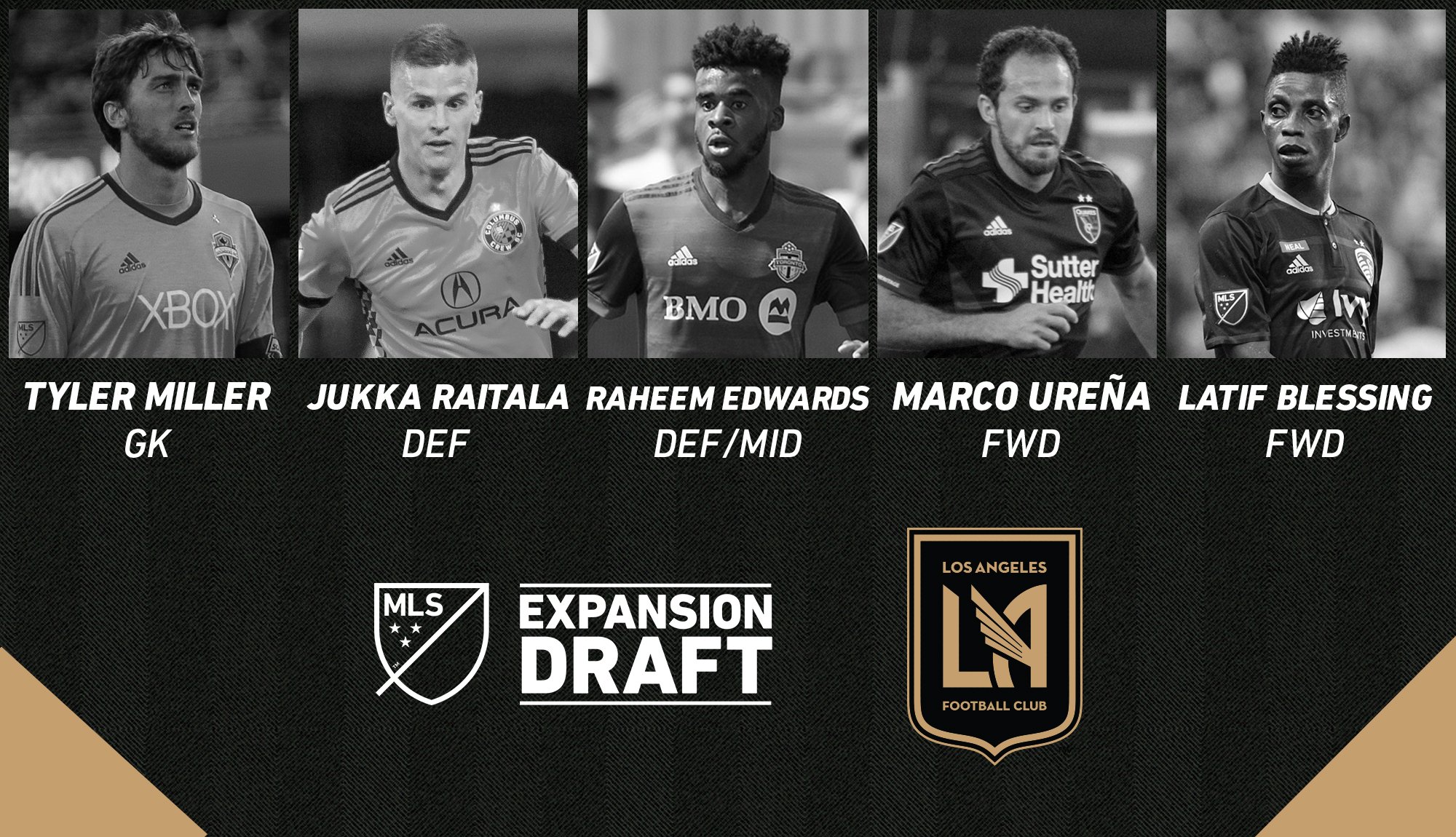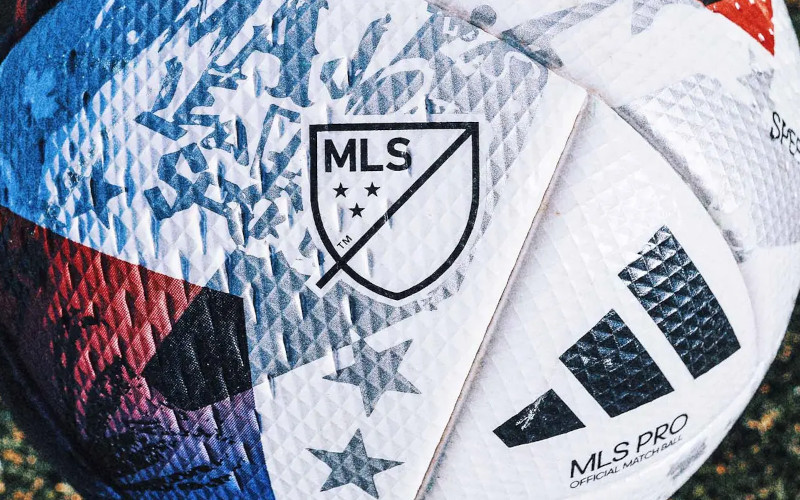Major League Soccer, or MLS, is the top men’s soccer league in the United States. It has emerged as the most popular and profitable soccer league in the country and aims to be one of the leading soccer leagues worldwide.
History of MLS
Major League Soccer (MLS) was founded in 1993 as part of the United States Soccer Federation’s bid to host the 1994 World Cup. Its first season took place in 1996, with ten teams participating and a television rights deal with ESPN. However, the league struggled initially due to low attendance rates, financial problems, and unsuccessful attempts to “Americanize” soccer. This resulted in two teams being dissolved and a $250 million debt.
It wasn’t until 2002 when the United States Men’s National Team made it to the quarterfinals in the World Cup that MLS began to see success. The mid-2000s saw MLS adopt the rules and standards of the International Football Association Board (IFAB), which created the codified set of rules known as the Laws of Game that FIFA recognizes and enforces. At around this time, Major League Soccer started constructing new soccer-specific home stadiums for its teams rather than continuing to use NFL stadiums.
MLS Teams

Major League Soccer currently has 29 teams, with 14 in the Western Conference and 15 in the Eastern Conference. Eight debutant teams joined the league within four years, while MLS plans to expand to 30 teams in 2023. The league’s newest team is St. Louis City SC, which made its debut this season as the 29th team.
The Eastern Conference has 15 teams:
- Inter Miami CF
- New England Revolution
- Nashville SC
- Atlanta United FC
- FC Cincinnati
- Orlando City SC
- Philadelphia Union
- C. United
- Columbus Crew
- Chicago Fire FC
- Toronto FC
- New York Red Bulls
- New York City FC
- Charlotte FC
- CF Montréal
And the Western Conference has the remaining 14 teams:
- Seattle Sounders FC
- Louis City SC
- Los Angeles FC
- FC Dallas
- Minnesota United FC
- Austin FC
- San Jose Earthquakes
- Portland Timbers
- Real Salt Lake
- Sporting Kansas City
- Colorado Rapids
- Vancouver Whitecaps FC
- LA Galaxy
- Houston Dynamo FC
During the regular season, every team plays 34 games. They face each team in their conference twice, once at home and once away. Additionally, they play ten teams from the opposite conference once, five at home and five away. The top seven teams from each conference qualify for the MLS playoffs, with the first seed from each conference receiving a bye.
The championship game of the MLS, known as the MLS Cup, features winners from both Eastern and Western Conference playoffs. At the end of the regular season, the team with the most points is awarded the Supporters’ Shield – an accomplishment viewed with high regard in MLS.
Over time, several MLS teams have won multiple championships. The LA Galaxy holds the record for most MLS Cup victories with five titles. Other teams that have won multiple championships include D.C. United (four), Houston Dynamo, and San Jose Earthquakes (two each), as well as some other teams who have won one championship.
MLS teams also participate in several cup competitions apart from regular season games and playoffs. These include the U.S. Open Cup which includes soccer teams from all levels in America and CONCACAF Champions League featuring top-notch North American, Central American & Caribbean clubs.
Furthermore, several rivalry cups between MLS teams add excitement to already thrilling regular-season matches. For instance – the Hudson River Derby between New York Red Bulls & New York City FC; Cascadia Cup between Portland Timbers, Seattle Sounders & Vancouver Whitecaps; Texas Derby contested between FC Dallas, Houston Dynamo & San Antonio FC are some notable examples of such cups that have become a vital part of MLS culture over time.
Points System
In Major League Soccer (MLS), the point system plays a crucial role in determining team rankings during the regular season. This system tracks each team’s performance throughout the season, assigning three points for a win, one for a draw, and none for a loss. It is an essential tool used to determine standings at the end of the season.
The point system is straightforward and uncomplicated, ranking teams based on their overall performance. The number of games won, lost or drawn measures each team’s success rate with total points accumulated being used to rank them.
MLS runs from March through October with 34 games per team played twice against every other team – once at home and once away. The Supporters’ Shield winner goes to the top-ranking team while seven teams from each conference qualify for playoffs.
This objective method rewards winning teams more than those who lose or draw. It encourages all teams to play their best game in every match as it yields greater rewards than drawing or losing.
If two or more teams have equal points by season-end, tiebreaker methods are applied until final rankings are determined accurately and fairly. This is done by using wins first, followed by goal difference then goals scored before resorting to playing tiebreaker games if necessary.
Overall, MLS relies heavily on its point system as it provides fairness and objectivity when ranking teams based on their performances during regular seasons while also encouraging competitiveness among players which makes it one of the most exciting soccer leagues globally today.
Playoffs, Supporters’ Shield & MLS Cup

The regular MLS season consists of thirty-four matches where all teams play against each other twice (home & away) along with ten games against other conference teams.
The team that wins the Supporters’ Shield gets awarded for having secured the most points during this period; however, an additional playoff system determines which team receives MLS Cup at the season’s end.
Rivalry Cups
One of the unique events in the MLS is the numerous rivalry cups that are contested by two or more teams, usually geographic rivals. These cups are a way to add excitement and passion to regular-season matches while also providing an opportunity for teams to showcase their dominance over their rivals. Each trophy is awarded to the team with the best record in matches during the regular season involving the participating teams.
Some of these rivalry cups include:
- Hudson River Derby – contested between New York Red Bulls and New York City FC.
- Cascadia Cup – contested between Portland Timbers, Seattle Sounders, and Vancouver Whitecaps.
- Texas Derby – contested between FC Dallas, Houston Dynamo, and San Antonio FC.
- Rocky Mountain Cup – contested between Colorado Rapids and Real Salt Lake.
- California Clasico – contested between LA Galaxy and San Jose Earthquakes.
These rivalry cups add to the excitement of MLS matches and provide fans with something extra to cheer for beyond just their favorite team winning.
MLS Draft System

Unlike most football leagues around the world that rely on transfers or signings to acquire new players, MLS operates its draft system where clubs select players through a draft based on their performance during college careers or other youth tournaments.
The MLS draft system is a unique feature that sets the league apart from other football organizations around the world. Instead of relying on transfers or signings to acquire new players, clubs select their roster through a draft based on performance in college soccer and youth tournaments.
The SuperDraft takes place annually prior to each season, giving teams an opportunity to find young prospects who can make an immediate impact. It is divided into four rounds with every team having one pick per round; however, the first overall selection is considered the most prestigious and usually used for the most promising player available. Additionally, many clubs have academy programs that develop talent from early ages as well.
Although there has been criticism about this system placing too much emphasis on college soccer and not providing enough pathways for young players to reach professional ranks, it also provides them with a chance to showcase their skills and earn a spot on an MLS team.
Designated Player Rule
To attract star players from around the world, MLS introduced a designated player rule allowing clubs to sign up to three players whose wages exceed the league’s salary cap limit without counting against it.
This rule has helped bring some big names like David Beckham, Thierry Henry, Zlatan Ibrahimovic, Carlos Vela, and Josef Martinez among others into Major League Soccer which has increased its popularity among soccer fans worldwide.
Other U.S. Soccer Leagues
Apart from Major League Soccer’s Division I status, there are other professional soccer leagues in the United States. The USL Championship makes up Division II, while USL League One and NISA form Division III, currently without promotion or relegation systems among them.
The USL Championship consists of 31 teams divided into Eastern Conference and Western Conference, with the winner of the championship earning a spot in the following year’s U.S Open Cup. USL League One is a newer league that was established in 2019, and it currently has 12 teams. NISA is an independent league that was formed in 2017 and currently has nine teams
U.S Open Cup
The Lamar Hunt U.S Open Cup allows all types of American soccer clubs from amateur leagues up through professional divisions including those from Major League Soccer itself to compete against one another similar to those cup competitions found across Europe such as England’s FA Cup.
MLS Expansion
Since the 2005 season, MLS has been on a consistent expansion spree, with new teams being added almost every year. Currently, the league boasts 29 teams that are divided into Eastern and Western Conferences.
This expansion has not only increased soccer’s popularity in America but also provided more opportunities for players both domestically and internationally. It has also led to significant investments in soccer infrastructure such as stadiums and training facilities.
MLS has expanded its reach through partnerships and collaborations with other leagues worldwide. For instance, it formed partnerships with Liga MX (Mexico’s top professional league) and Canadian Premier League (Canada’s top professional league). These collaborations have resulted in joint competitions like the Campeones Cup between champions of MLS and Liga MX, increasing fan base & competition level.
In addition to collaborations with other leagues, MLS invested heavily in building soccer-specific stadiums for its teams providing better facilities for players & fans alike. Moreover, it made significant strides in expanding its reach through media coverage by partnering with Twitter & Facebook allowing fans to watch live matches and highlights via these platforms besides having their own streaming service-MLS Live offering access to all MLS matches.
Despite successes achieved so far by MLS, there are still challenges ahead like competition from established sports leagues NFL, NBA & MLB which attract athletes’ and media’s attention. Also, the lack of a promotion system means no moving up/down based on performance leading to criticism that MLS lacks excitement and drama seen elsewhere where promotion is practiced.
Conclusion
Major League Soccer may differ from traditional football leagues around the world in terms of its play-off structure or transfer policy but it still provides an exciting level of competition for fans across America and beyond.
With its unique rivalries cups that add passion to regular-season games along with expanding rapidly every year bringing increasing investments into soccer infrastructure; this league is making strides towards becoming a top global competitor while remaining a true American-style sport through its draft system encouraging growth within clubs while maintaining competitive balance through designated player rule enabling some big names from around the world playing domestically.




